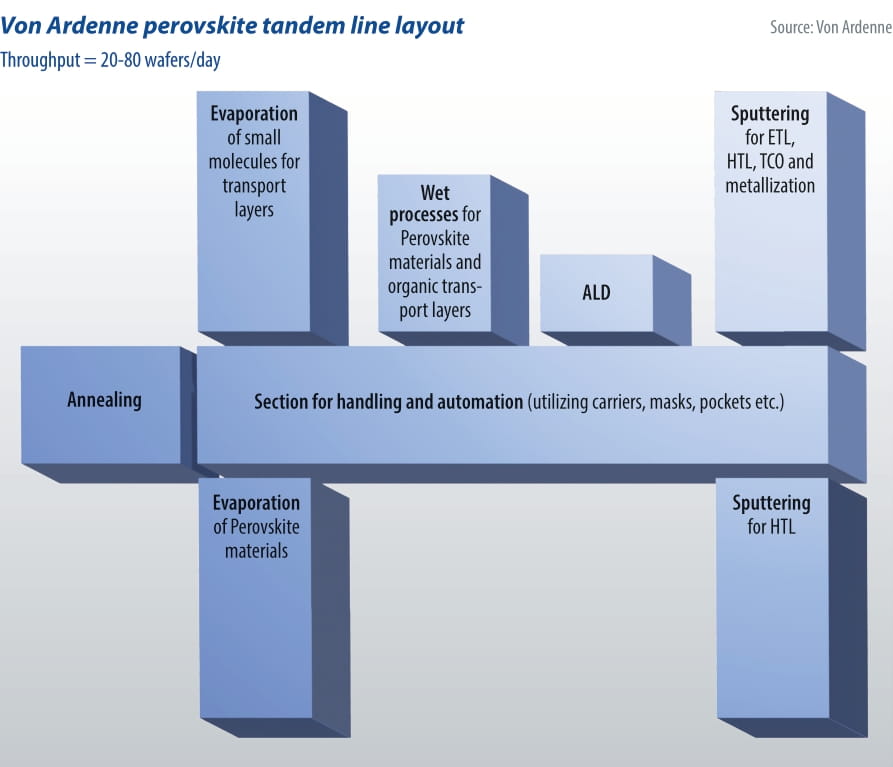https://www.pv-magazine-australia.com/2022/05/20/updated-standard-means-change-for-rooftop-solar-installers/

An updated Australian Standard for solar installers is now in effect.
Image: Standards Australia
The Australian solar installation standard AS/NZS 5033:2021 is now in place with the Standards Australia Committee removing the mandate for direct current (DC) isolators to be installed on residential solar PV systems if other safety measures are followed.
The updated standard was first introduced in November 2021 but for the past six months solar installers have been able to apply either the new AS/NZS 5033:2021, Installation and safety requirements for photovoltaic (PV) arrays standard or the previous AS/NZS 5033:2014 version when installing a rooftop solar system.
The transition period ended on 19 May 2022 with installers around the country now required to comply with the updated standard.
The key change delivered by the new standard focuses on DC isolators, which were mandated in Australia in 2012. This made Australia the only country in the world requiring the installation of rooftop DC isolators.
Intended as an additional safety mechanism that shuts down solar PV systems in case of an emergency, the mandated use of DC isolators has been the subject of much criticism. In Australia, DC isolators are typically installed on roofs next to solar panels, which exposes them to the elements and critics say they are the primary cause of solar-related fires.
Standards Australia said the new standard has been designed to reduce that risk by providing installers different options on how solar systems can be isolated and no longer mandates the installation of a DC isolator on the roof for all installations.
Standards Australia standards development head Roland Terry-Lloyd said the revision allows solar installers to keep pace with innovations across the solar industry.
“With millions of solar PV panel systems being installed across Australia, clear and relevant standards are paramount in supporting safe practice for industry professionals, homeowners and businesses,” he said. “The revised standard aims to provide clear and relevant guidance to support safe systems and safe practices for industry professionals and consumers.”
The standard, which has been restructured for better readability, sets out general installation and safety requirements for electrical installations of PV arrays, including DC array wiring, electrical protection devices, switching and earthing provisions.
The revision includes several other updates, including requirements for microinverter installations and DC conditioning units, which it says will enable greater use of technology across larger panels and support better safety outcomes. It also increased the 600V limit for panels on households to align with the international standard of 1000V.
The new standard aligns with international standard IEC 62548:2016, Photovoltaic (PV) arrays — Design requirements.
This content is protected by copyright and may not be reused. If you want to cooperate with us and would like to reuse some of our content, please contact: editors@pv-magazine.com.
<




